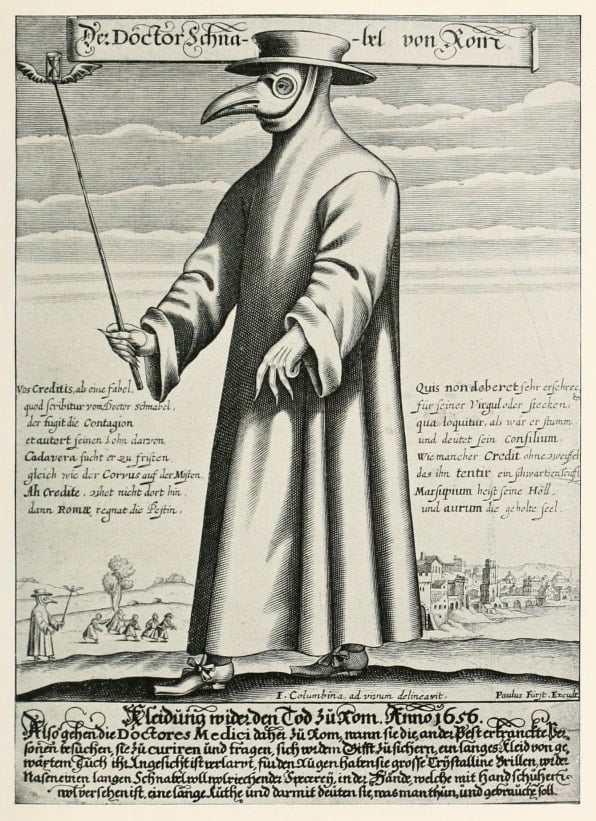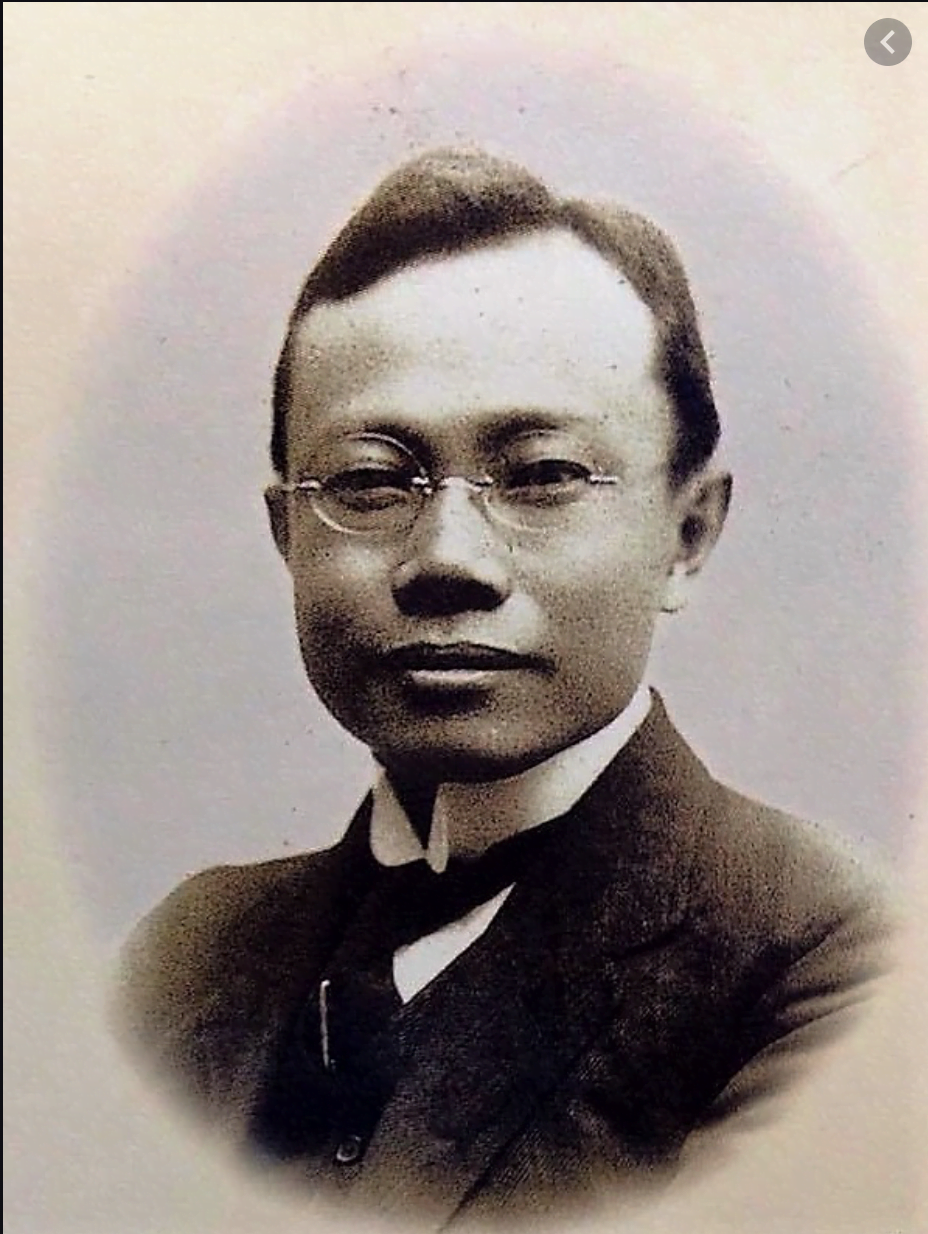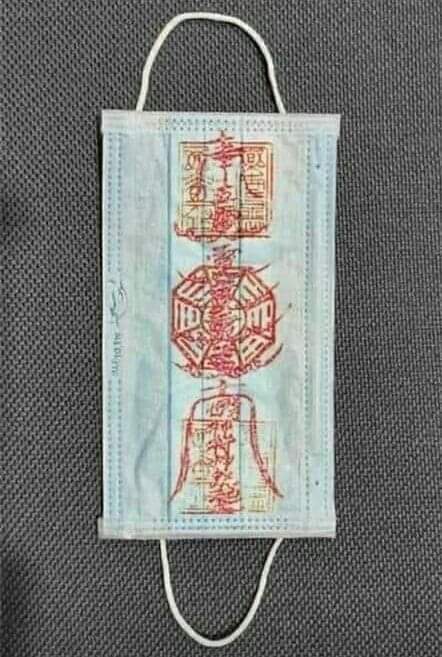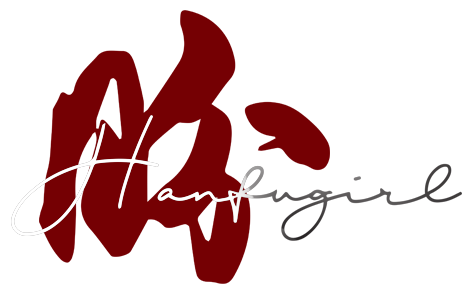Your cart is currently empty!
Greatest modern Chinese innovation now–The face mask

This morning I woke up to the glorious news that the WHO finally encourages the wearing of face masks as an added measure to limit the spread of Covid. For the longest time, the media outside of East Asia generally credit the wearing of masks to ‘cultural differences’ instead of real “effectiveness” in stopping the virus from spreading. Of course, the virus clearly doesn’t care what the media narrative is, and would just destroy everything in its way as long as there isn’t any barrier.
Amidst all the fear, panic, drama, of course, history fails to deliver interesting insights, and this time, it is about face masks. Our story of facemasks began just over 100 years ago in 1911 with an origin not unlike the current covid–a plague in Manchuria China, and extending to the world-wide Spanish Flu in 1918. It is a story about human hubris, prejudice and how sound reasoning prevails eventually regardless of culture and race.
WESTERN DOCTORS AND THEIR REASON FOR MASKING UP IN THE 1700s

In the West, people thought that diseases that caused plagues were in the air, so they wore bird-like masks with nostril ports at the edge which could be loaded with incense to drive away the disease. They largely believed that by stopping the smell, they would protect themselves from the plague itself.
The plague during that period was spread by fleas that traveled on rats, so clearly it wasn’t very useful for that purpose.
WESTERN IDEAS OF MASKS IN THE LATE 1800s

With the development of Western scientific and medical knowledge in the 1870s, the West were aware of the existence of bacteria. But that, was not the same as viruses as we know today. So they started wearing handkerchief-like things around their faces not so much to protect themselves against viruses and infections, but to prevent the bacteria from doctors’ coughs from infecting patients’ wounds during a surgery. Very much like the purpose of surgical masks today.
THE MANCHURIAN CHINESE PLAGUE IN 1911 & THE SOUTHEAST ASIAN CHINESE STORY
Something similar to the Black Death in northern China broke out in late 1910, which is also towards the end of the fall of the last dynasty of China the Qing dynasty, governed by the Manchurians. It killed 100% of those infected within 24-48 hours of display of symptoms.
As it happened at an area of dispute between China and Russia, it became a race for both nations to find solutions and cause of the disease (kinda like the Cold War, and also the situation now).

Singaporeans might be familiar with early pioneers such as Dr Lim Boon Keng and Song Ong Siang. It might interest you to know that Dr Lien-teh Wu are friends with them, and like them, was also a recipient of Queen’s Scholarship to Cambridge for his studies.
RACISM AND HUMILIATION ENSUES FOR THE CHINESE INNOVATION
As usual, success stories are never complete without some struggles on the side of the protagonist. When this Chinese mask was innovated/invented, obviously it was met with Western skepticism (mind you it was at a period when Manchuria China was falling apart, and the West generally regarded Chinese as an old and dying empire).

A French doctor Gérald Mesny was said to have humiliated Dr Wu after hearing his explanations and reasoning, and famously exclaimed “What can we expect from a Chinaman?” And in all willfulness and pride, Dr Mesny went ahead to attend to patients in a hospital without wearing Dr Wu’s mask. Dr Mesny died in 2 days with the plague. RIP.
SOUND REASONING PREVAILS AGAINST RACISM AND PREJUDICE
Because sound reasoning and science would always prove themselves right eventually against hubristic pride, Dr Wu’s mask won out in empirical testings against bacterial transmissions (still not viruses yet). Plus, it could easily be made from cheaply available materials, and it has a nice seal around the face. So in the early 1911 (just before the fall of the Manchurian Qing government of China), the production of such masks were in full speed. Medical staff, soldiers, even some men on the street started wearing them.
It was a resounding success against the spread of the plague, and the masks became an icon of modern medical science’s triumph over epidemic. It made international news and Wu’s mask became a poster boy. Wu was also nominated for the Nobel Prize in Medicine in 1935.

SPANISH FLU OF 1918 & USE OF MASKS TO LIMIT SPREAD
Most of the media today would compare the current Covid-19 pandemic to the Spanish Flu in 1918, and rightfully so. By this time, the Dr Wu mask was already a household design and item amongst the general public and companies around the world increased production of it for public use to limit the spread.
Of course, it is definitely not 100% effective against the spread since we saw from history that still a large portion of the world were infected. But it could have been worse.

This mask also served as a prototype for the 3M design of N95 mask, which, by the way, has its current shape and design from that of a bra! So don’t laugh at those innovative people out there who really used a bra as a mask!
If you wish to know more about the history of N95 mask, HERE is a more detailed article that I based most of my information in this article on.
TRIVIA: CHINESE IDEA OF INFECTION AND MASKS

Of course, the traditional Chinese idea of diseases was very much misguided like the West in the past. So you would see Taoist priests drawing amulets and blessings on items as an attempt to ward off the evil in households.
It might be interesting for you to learn that many Taoist priests practised medicines in the past as well, and there were some well known personalities who were recognised as great physicians. And there is an irony that pure physicians and doctors in ancient Chinese societies were actually regarded very lowly in the social hierarchy. They belonged to the Slave caste, very much like the courtesans and entertainers. Perhaps this is also why medical knowledge in ancient Chinese societies has always been treated with more Taoist principles (such as their link to the I-Ching divinition book of Changes, and the 5 elements).
COVID-19 AND MASKS
Fast forward about 100 years from 1911, or even 1918, we find ourselves again in the middle of a pandemic, and with China as the centre of all kinds of discussions and debates again. And you realise the ever importance of sound reasoning over and above prejudices and racism in fighting against the plague/pandemic. This is a virus that doesn’t care if you are Chinese, or non-Chinese, and it might come from the Chinese (as in the 1911 case) or elsewhere (as in the 1918 Spanish flu), the entire humanity is interconnected anyway.
Masks, even if it is not the N95, could help in limiting certain spread as its best. If it doesn’t, at least it could limit other infections and transmissions so less people are sick (maybe from other flu, or infections), and there is less strain on the healthcare system to treat those people thereby dedicating more resources to fighting covid-19 patients.
It is especially if we go by the first principles of “What’s the harm/trade-off if we wear masks?”. If the cost is low, and we are educated properly on other aspects of hygiene, this would be the icing on the cake. Of course, social distancing or STAY AT HOME would still be the best solution (kinda like the abstinence vs condom discussion). But if you can’t abstain, then at least try to wear a mask!
Isn’t History fascinating? And what I find even more fascinating, is that humanity never learns from it.

Leave a Reply